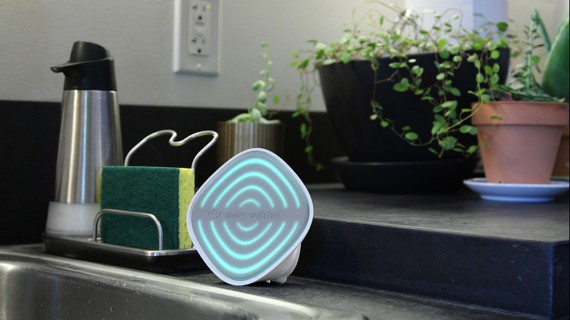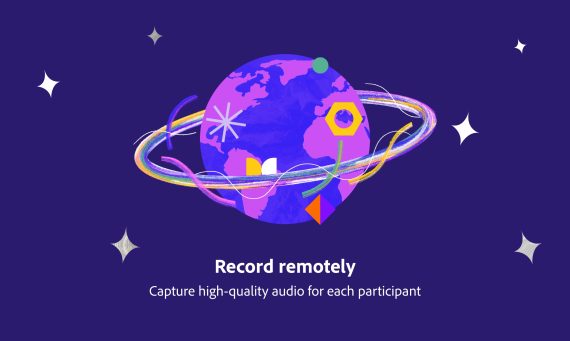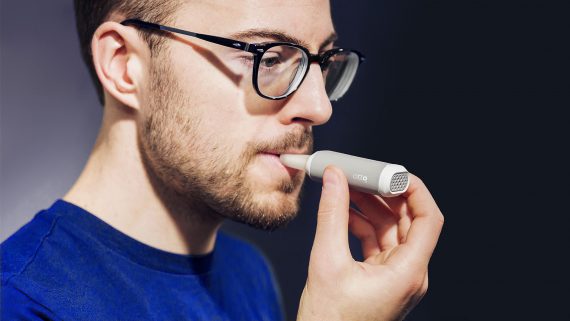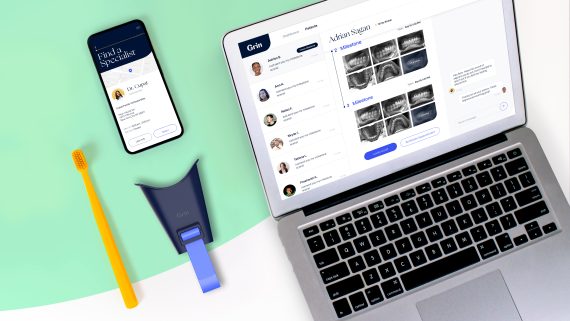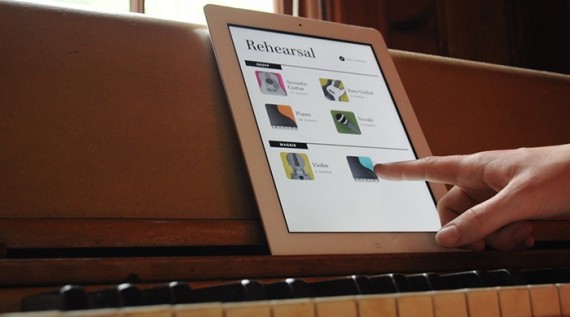Hormone Check
Team
Company | Institution
Category
Type
Project description
Research shows that a great number of cosmetics and body care products contain hormone-altering chemicals that can seriously harm your health. But information is sparse and difficult to access. How can you remember what to look for when you don't even know how to pronounce the chemicals? The Norwegian Consumer Council wanted to inform the consumers about these dangers without creating the feeling of effortlessness that press stories and campaigns about product dangers often do. At the same time, they wanted to activate them in a battle against the cosmetics industry to rid dangerous products from the shelves. We created 'Hormone Check' - an application on your smartphone - that enables you to check cosmetic products in the store before you buy them.
Context
The context of the design was to make the app as simple and easy to use as possible, so people could use it quickly and almost self-explanatory in the shopping situation.
Therefore, we needed to focus on creating a clean and neutral interface and avoid excessive content to make sure that the main features would become clear for the users.
The solution was very appropriate for the audience.
Using the iPhone camera as a barcode reader to scan products for immediate feedback turned the iPhone into a valuable tool, always easy at hand for the consumer giving immediate feedback. The App identified the product and communicated with a database we created.
Consumer power is often regarded as a vague term that people have given up in their daily lives. By literally placing it back in the hands of the consumers we created an engagement that proved very valuable. The consumers utilized their power with the mobile in hand to great annoyance of the cosmetic industry.
Impact
Before launch, we registered several hundred products in the app. But during the whole campaign (and still) people could register products that were not in the database by going through a few steps in the same application.
The campaign evolved into a crowdsourcing movement. The App reached first place in AppStore and about 20% of all iPhone owners in Norway after two weeks.
The App had 120.000 downloads before Android version was launched. 16.000 products have been registered, around 12 000 of these are done by the consumers themselves. 1,3 million products have been scanned to this date!
Lifestyle shows talked about the concept – resulting in enormous engagement in the consumers, media and social media. This again led to the most important goal being reached; major players started to withdraw dangerous products from the shelves.
Craft
Using the iPhoneâs camera to scan products for immediate feedback turns the iPhone into a valuable tool, always easy at hand for the consumer. In addition to the known iPhone interface-icons, we needed to use associations that people already easily relate to: By using red, green and yellow as sign of danger, clean and “in the middle (phasing out the product)” – we made sure the answer to a product scan was immediate. After scanning a product, the users could report it to a costumer complaint-list that we delivered to the cosmetics producers. They could also share their good or bad discovery about products on facebook to spread word about the campaign and put even more pressure on the industry.
Context
The context of the design was to make the app as simple and easy to use as possible, so people could use it quickly and almost self-explanatory in the shopping situation.
Therefore, we needed to focus on creating a clean and neutral interface and avoid excessive content to make sure that the main features would become clear for the users.
The solution was very appropriate for the audience.
Using the iPhone camera as a barcode reader to scan products for immediate feedback turned the iPhone into a valuable tool, always easy at hand for the consumer giving immediate feedback. The App identified the product and communicated with a database we created.
Consumer power is often regarded as a vague term that people have given up in their daily lives. By literally placing it back in the hands of the consumers we created an engagement that proved very valuable. The consumers utilized their power with the mobile in hand to great annoyance of the cosmetic industry.
Impact
Before launch, we registered several hundred products in the app. But during the whole campaign (and still) people could register products that were not in the database by going through a few steps in the same application.
The campaign evolved into a crowdsourcing movement. The App reached first place in AppStore and about 20% of all iPhone owners in Norway after two weeks.
The App had 120.000 downloads before Android version was launched. 16.000 products have been registered, around 12 000 of these are done by the consumers themselves. 1,3 million products have been scanned to this date!
Lifestyle shows talked about the concept – resulting in enormous engagement in the consumers, media and social media. This again led to the most important goal being reached; major players started to withdraw dangerous products from the shelves.
Craft
Using the iPhoneâs camera to scan products for immediate feedback turns the iPhone into a valuable tool, always easy at hand for the consumer. In addition to the known iPhone interface-icons, we needed to use associations that people already easily relate to: By using red, green and yellow as sign of danger, clean and “in the middle (phasing out the product)” – we made sure the answer to a product scan was immediate. After scanning a product, the users could report it to a costumer complaint-list that we delivered to the cosmetics producers. They could also share their good or bad discovery about products on facebook to spread word about the campaign and put even more pressure on the industry.



